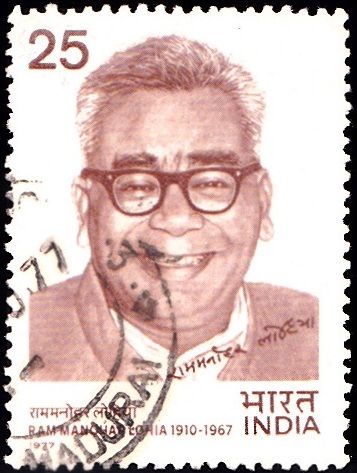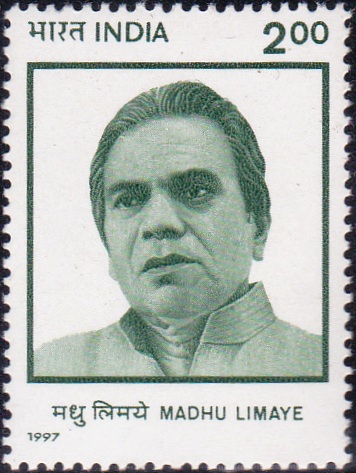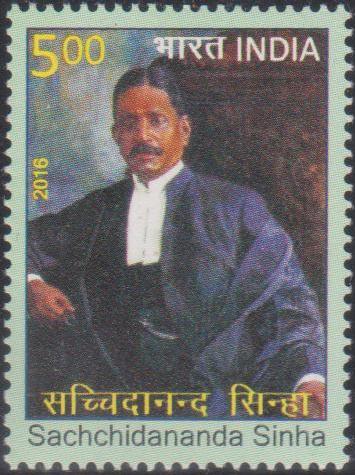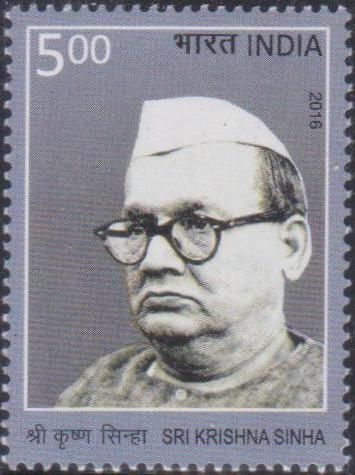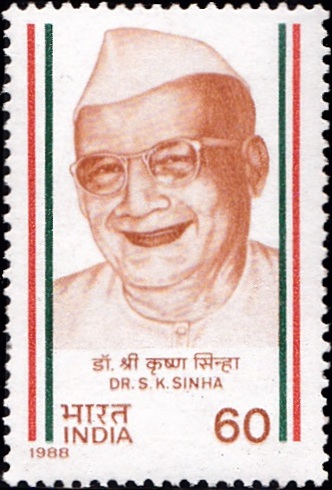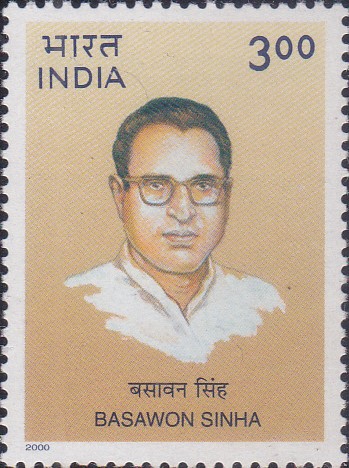
Basawon Sinha
A commemorative postage stamp on the Birth Anniversary of Basawon Singh, member of Hindustan Socialist Republican Army (HRSA), founder member of Bihar Congress Socialist Party :

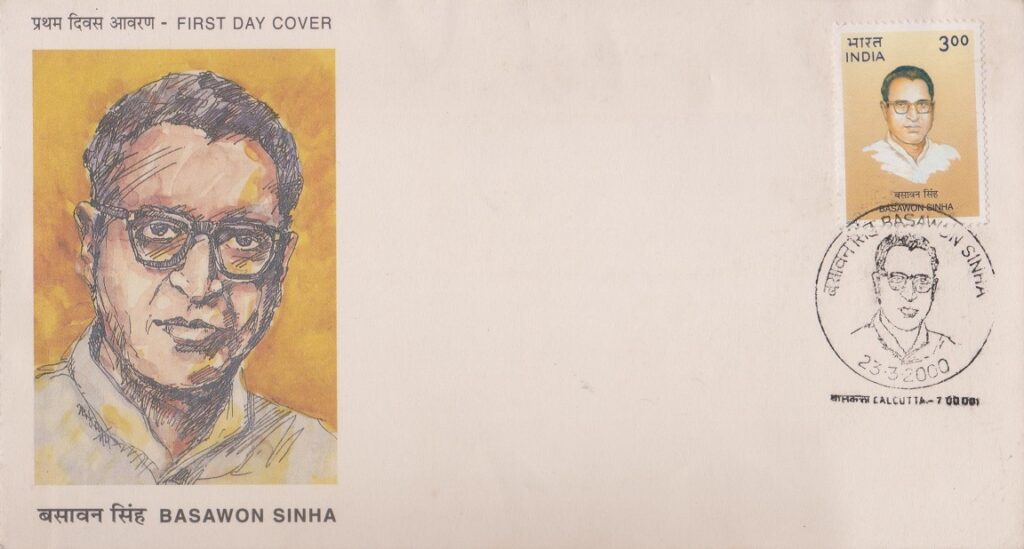 Issued by India
Issued by India
Issued on Mar 23, 2000
Issued for : The Department of Posts is happy to issue this stamp to honour the memory of Sri Basawon Sinha.
Credits :
FDC : Based on material supplied by sponsors.
Stamp : Sankha Samanta
Cancellation : Alka Sharma
Type : Stamp, Mint Condition
Colour : Four Colour
Denomination : 300 Paise
Overall size : 2.90 x 3.90 cms.
Printing size : 2.55 x 3.55 cms.
Perforation : 13.5 x 13.5
Paper : Matt Chromo
Stamps Printed : 0.4 Million
Number per issue sheet : 40
Printing Process : Photo Offset
Printer : Calcutta Security Printers Ltd.
Name : Basawon Singh
Born on Mar 23, 1909 at Jamalpur (Subhai), Hajipur, Bihar, India
Died on Apr 7, 1989
About :
- Basawon Sinha (1909-1989) worked in the forefront of the freedom movement in Bihar and after India attained Independence, he continued to work for the emancipation and upliftment of weaker section of society.
- Born in Jamalpur near Vaishali, he came under the influence of revolutionary organisations like the Hindustan Socialist Republican Army at an early age. His name figured in the major operations of the Revolutionary movement. He had to go underground after the Lahore conspiracy case, and was co-accused in the Bhusawal, Kakori, Teerhat and Deluaha cases. His contemporary revolutionaries included Yogendra Shukla, Chandrasekhar Azad and Kesav Chandra Chakravarty. He spent a total of more than 16 years behind bars, on different occasions and for different charges.
- In 1936, he joined the Congress Socialist Party and started trade union work. He succeeded in organising workers in coal fields, sugar mills, mica-mines, railways of Bihar and cotton and jute mills. Later these unions affiliated to Hind Mazdoor Sabha. At the time of the Second World War, he was the first to be arrested in Bihar under the Defence of India Ordinance in 1940, and was released after 18 months. He was active in the Quit India Movement also, operating from underground. He mobilised support for the movement from Afghanistan and brought fire arms and ammunition from that country.
- In Independent India he was one of the architects of the Socialist Party, after its break with the Congress. He also founded the Hind Mazdoor Sabha. He was the leader of the Opposition during 1952-62 in Bihar and later, in 1967, became the Minister of Labour, Planning and Industry. He was a prominent leader of the Janata Party and also a known sympathiser of the Nepali Congress Movement. He passed away on 7th April 1989.
- Text : Based on material supplied by sponsors.



